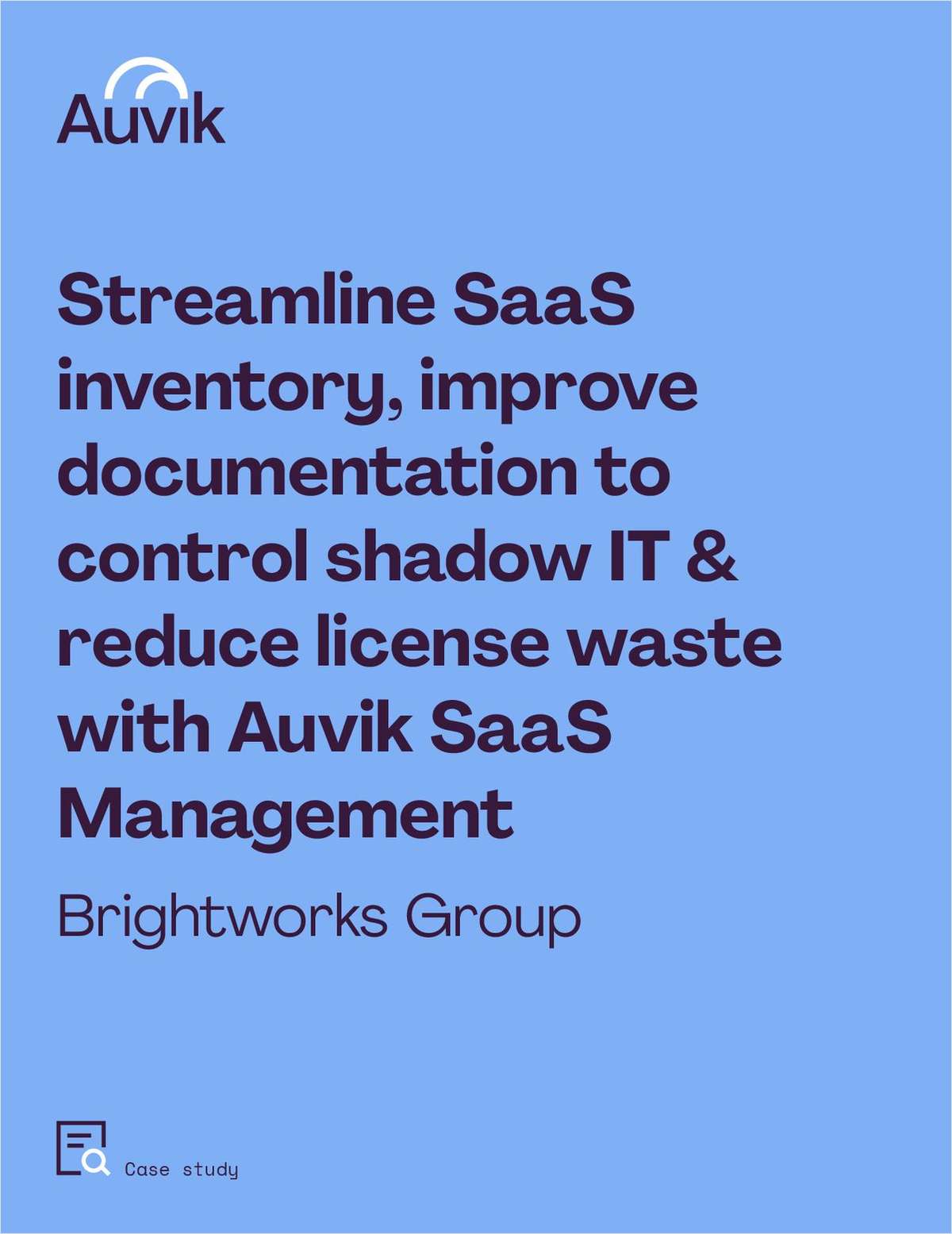KAUAI, Hawaii – Not sure what a collaborative CUSO is? CUSOs that learned earlier this month of NACUSO's intention to restructure its focus on the collaborative business model had the opportunity to become more familiar with this new model, including what it entails and the benefits that can be derived from it, at a session at NACUSO's recently held Directors Conference. NACUSO General Counsel Guy Messick, an attorney with the firm Lastowka & Messick PC, who presented the session on “Collaborative CUSOs: Dating, Marriage & Divorce” with NACUSO Board member Dave Serlo, president, PSCU Financial Services, explained to attendees that, “the collaborative model is a way for credit unions to help reinvent themselves, the ability to provide options and opportunities CUs otherwise couldn't obtain. There's a lot of power in that, there's the ability to get economies of scale and synergy, abilities for credit unions to remain independent and customize their services to members by giving them the ability to combine back office operations and do things larger institutions can do. “There's a lot of opportunities there, but there's also a lot of thought and processes in how you get there. Working together is a nice concept, but like marriage it's the details that kill you,” Messick said. The NACUSO General Counsel made it clear that the collaborative CUSO model is more expansive than just credit union board issues. You're talking about going in to partnerships with other credit unions, he said, and that entails emotional as well as intellectual parts. In forming a cooperative CUSO, Messick told Credit Union Times, “You have to get to know and trust people on an emotional level as well as a strategic one. In a sense you have to date and get to know each other and know you have similar passions to have a successful relationship.” What are your strategic goals, both short and long term? Are they compatible with those of your potential partners? Do you like and trust your potential partners, and do they have a passion for a collaborative endeavor? What are the decision-making, financial, strategic and cultural constraints on the ability of each partner to act? Like dating, these are some of the questions CUSOs need to ask themselves when exploring a collaborative model, says Messick. “All these things have to be decided up front because up until then you really have a blank slate,” says Messick. “Once those issues are out on the table, then people feel more comfortable and are willing to proceed.” Another sensitive issue that potential collaborative CUSO partners need to discuss is management. “You have to remember that many credit union staff are prominent people in their own right. They may need to give up some control for the collective good. Both partners need to be forthright and not sugar coat things,” said Messick. “Each credit union needs to be honest with itself and others on what its decision-making constraints are,” he advises. For example, they need to ask themselves whether their board will give them latitude to make certain decisions – their board may not be comfortable with certain risks- and what are the barriers beyond which they won't be able to move. “You have to think of what's best for the collection, not necessarily for one credit union. A collaborative CUSO may mean one partner has to give up sovereignty for the greater good,” he said. Among some of the management issues that have to be resolved are: what decisions are made by the board versus the owners? What decisions are simple majority, super majority, and unanimous? If the collaborative CUSO is a limited liability corporation (LLC), will there be nonmanager officers? As for services, the potential partners should discuss: what services will be provided and is there a priority for implementation? What is the geographic service area? What is the target market and can nonmembers be served? Will nonowner credit unions be served? Like marriage, CUSOs also have to deal with possibility the potential partner may want to voluntarily withdraw from the relationship and get a divorce. The collaborative CUSO partners have to decide beforehand whether this will be permitted, and if so what the procedure will be advised Messick. Do they get their capital back? Will the withdrawing owner be paid fair market value for its ownership interest? What happens in cases of involuntary withdrawal – can an owner “be kicked out” of the CUSO, and if so what is the criteria and procedure? Will capital be repaid? “Forming a collaborative CUSO often comes down to emotional issues as well as strategic ones,” said Messick. “That's why you need to be straight forward and honest from the beginning.” Messick said there are three parties involved in the collaborative CUSO model – credit unions, CUSOs, and noncredit union strategic partners. Any collaboration can foster benefits between any of the entities involved, he said. “The successful credit union in the future will have multiple relationships with multiple CUSOs in various products and services, depending on what makes sense for them. Credit unions don't have to cast their lot with just one CUSO,” said Messick, adding that under the collaborative CUSO model, the credit union industry should expect to see CUSOs that have specialized in certain services expanding into others. “Once a CUSO has established relationships, it opens so many doors,” he said. -
Continue Reading for Free
Register and gain access to:
- Breaking credit union news and analysis, on-site and via our newsletters and custom alerts
- Weekly Shared Accounts podcast featuring exclusive interviews with industry leaders
- Educational webcasts, white papers, and ebooks from industry thought leaders
- Critical coverage of the commercial real estate and financial advisory markets on our other ALM sites, GlobeSt.com and ThinkAdvisor.com
Already have an account? Sign In Now
© 2024 ALM Global, LLC, All Rights Reserved. Request academic re-use from www.copyright.com. All other uses, submit a request to [email protected]. For more information visit Asset & Logo Licensing.









